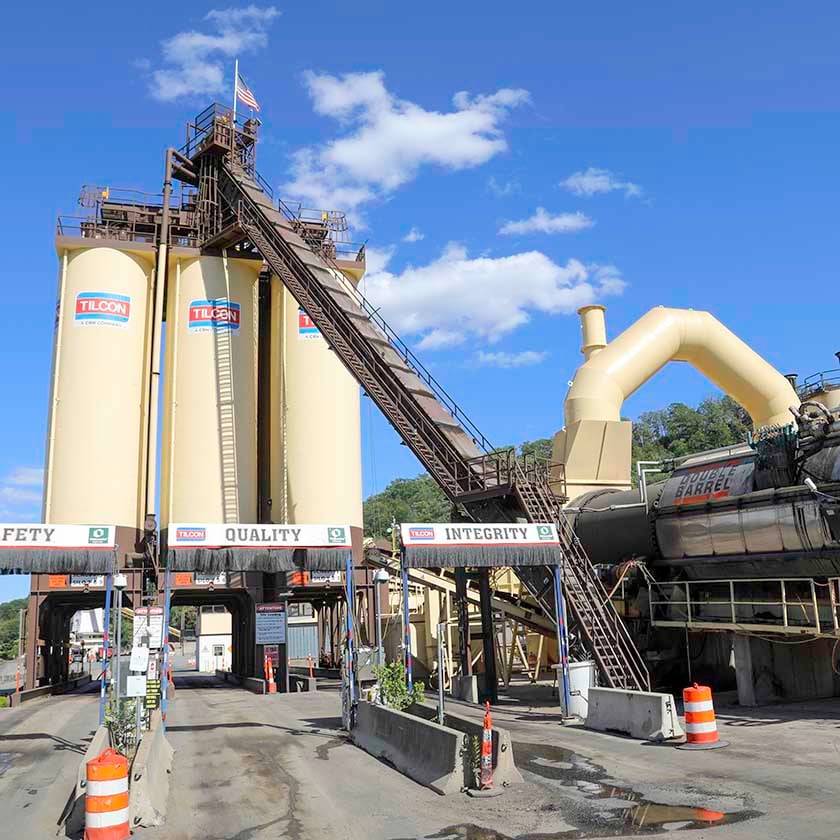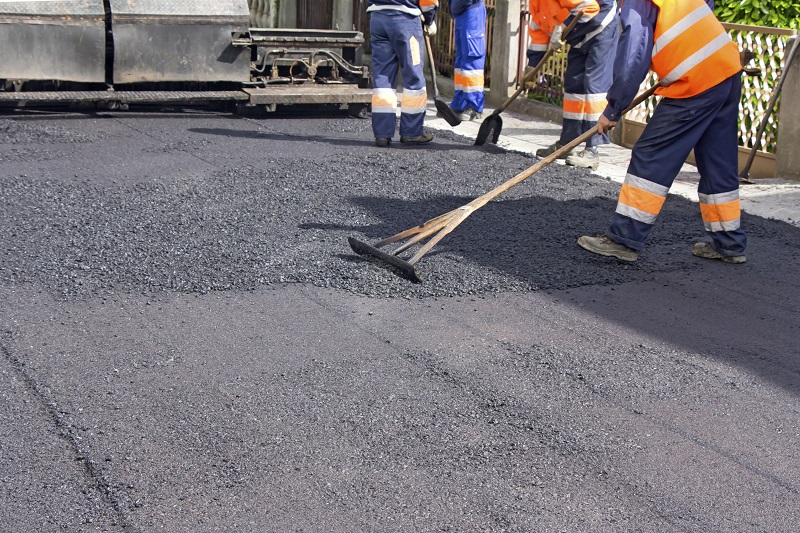Transform Your Building's Landscape with Hot Mix Asphalt Paving Quality
Transform Your Building's Landscape with Hot Mix Asphalt Paving Quality
Blog Article
Opening the Tricks of Warm Mix Asphalt Modern Technology
Exploring the depths of hot mix asphalt technology discovers a globe where precise solutions and thorough procedures assemble to form our roads and facilities. The combination of binders, fillers, and accumulations isn't just a construction job but a critical orchestration of durability and effectiveness. As we peer right into the intricate dancing of components, a tapestry of durability and sustainability unravels. But what lies underneath this surface of asphaltic mastery, and what keys wait to be introduced in the realm of paving developments?
Significance of Hot Mix Asphalt
Hot Mix Asphalt plays a critical role in modern-day framework growth because of its resilience and cost-effectiveness. As the most typically used leading product for roads, freeways, and car park, Hot Mix Asphalt offers a series of benefits that add to its importance in building projects. One essential benefit is its ability to stand up to hefty website traffic tons and harsh weather, supplying a reliable and resilient surface area for transportation networks. Furthermore, Hot Mix Asphalt is affordable in both preliminary building and construction and lasting upkeep, making it a favored option for many infrastructure projects.
The sturdiness of Warm Mix Asphalt stems from its make-up, which consists of accumulations, binder, and filler materials that are very carefully selected and mixed to fulfill certain efficiency requirements. Generally, the relevance of Warm Mix Asphalt in framework growth can not be understated, as it continues to be a foundation of contemporary building techniques.
Elements of Asphalt Mixes
The make-up of asphalt blends consists of thoroughly chosen accumulations, binder, and filler products that are crucial for accomplishing certain efficiency needs. Accumulations are the primary component of asphalt mixes, offering stamina and stability. The binder, normally asphalt or asphalt concrete, holds the accumulations with each other and gives flexibility and resilience to the mix.
The combination and proportion of these components play a considerable function in identifying the high quality and performance of the asphalt mix. Engineers thoroughly develop the mix to satisfy particular demands, considering variables like web traffic volume, climate problems, and pavement lifespan. Correct selection and balancing of accumulations, binder, and fillers are necessary for developing long lasting, lasting asphalt sidewalks.
Mixing and Manufacturing Strategies

When the aggregates are picked, the binder, usually asphalt concrete, is contributed to bind the products together. The binder's quality and amount dramatically influence the mix's toughness, adaptability, and resistance to environmental elements. Additionally, fillers like moisturized lime or Rose city concrete may be incorporated to enhance details features of the asphalt mix, such as its workability or dampness resistance.
During production, the accumulations and binder are warmed, normally between 250-325 ° F(121-163 ° C ), to help with mixing and make certain appropriate finishing of the aggregates. The blending process should be thorough to attain an uniform mix that promotes the desired efficiency attributes of the asphalt. Various strategies, such as batch mixing or drum blending, are employed to attain constant and top quality asphalt mixes for building and construction jobs.
Factors Influencing Asphalt Performance
Variables influencing asphalt performance include an array of variables that impact the toughness, long life, and overall high quality of asphalt sidewalks. One vital factor is the quality of materials utilized in the asphalt mix.

Style considerations, such as pavement density and drain, are crucial in ensuring the long-term performance of the asphalt pavement. By thoroughly thinking about these designers, service providers and variables can optimize asphalt performance and enhance the solution life of sidewalks.
Sustainable Practices in Asphalt Technology

Furthermore, the advancement of warm-mix asphalt (WMA) technologies has actually gotten traction in recent years. WMA enables the manufacturing and placement of asphalt blends at reduced temperatures compared to typical hot-mix asphalt, leading to decreased power usage and greenhouse gas emissions. The usage of porous asphalt blends can assist mitigate stormwater overflow issues by permitting water to infiltrate via the pavement and right into the ground, promoting all-natural water filtration and reenergize processes. By carrying out these sustainable techniques, the asphalt market can add to building an extra ecologically pleasant and resilient framework network.
Conclusion
Finally, hot mix asphalt modern technology plays a critical function in modern-day infrastructure growth due to its longevity and cost-effectiveness. By very carefully balancing elements, utilizing appropriate mixing methods, and thinking about different elements, engineers can create top quality asphalt mixes that endure heavy traffic loads and harsh climate problems. Welcoming lasting methods, such as using warm-mix technologies and recycled products, better improves the environmental friendliness of asphalt modern find more information technology.
Blending and production techniques in warm mix asphalt innovation involve the precise mix and processing of aggregates, binder, and fillers to develop a high-performance and resilient asphalt mix.Factors affecting asphalt performance encompass an array of variables that affect the resilience, long life, and general quality of asphalt sidewalks. Sustainable techniques in asphalt innovation encompass numerous initiatives intended at decreasing the ecological effect of asphalt production and paving procedures. By incorporating recovered asphalt pavement (RAP) and recycled asphalt roof shingles (RAS) into brand-new asphalt mixes, the market can significantly minimize the consumption of raw products and energy, while likewise lowering garbage dump waste.
WMA permits for the production and positioning of asphalt mixes at lower temperature levels compared to standard hot-mix asphalt, resulting in reduced power intake and greenhouse gas emissions.
Report this page